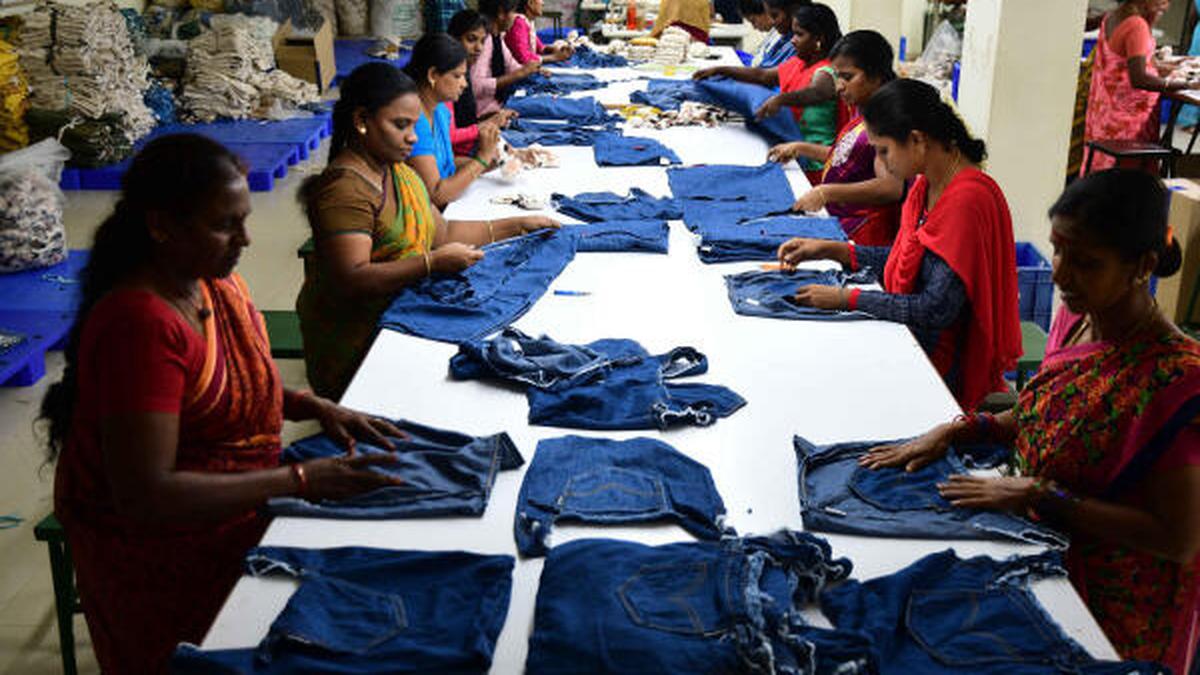
Textile sector distress damps wages, sparks worker exodus
The Hindu
Textile and apparel sector in Coimbatore, India faces job losses, flat wages, and lack of incentives due to COVID-19.
The challenges over the past year at India’s textile and apparel sector, the country’s second-largest employer with almost 45 million direct jobs, have exposed the vulnerabilities of its workers and the fragile ecosystem they operate in.
The slowdown in the sector has kept wages flat, deprived workers of traditional incentives, pushing arguably lakhs of them into hunting for jobs elsewhere.
While the degree of the impact varies within the sector based on the unit’s size, the kinds of textiles they deal with (handloom, power loom, manmade fabric, etc), there is no comprehensive study indicating the level of distress in the post COVID-19 years. But factory owners and workers The Hindu spoke to nationwide, unanimously sought urgent governmental intervention.
Electrical posts, factory gates, or tree trunks that carried “tailors wanted”/“workers wanted” boards at Tiruppur, known as India’s ‘t-shirt town’, stand bare. A sweeper at one of the garment factories in Tiruppur who took home ₹15,000 as bonus last year received less than a third (₹4,500) this year.
In the nearby weaving centre of Palladam, Velusamy, a power loom weaver, paid ₹2.5 lakhs bonus to 16 workers and operated 30 looms in 2022. In the past three months, he sold 20 looms and now employs only one worker to man the remaining 10 looms and paid his employee ₹11,000 as bonus this year. “The workers took ₹7 lakhs advance from me and are ready to work to repay the amount. But, I do not have orders to give them jobs,” he says.
32-year-old Sahajan from West Bengal was working at a weaving unit at Pongalur. Since he did not get a bonus this year, he moved to another weaving unit. “I want to go back home. I get ₹550 a day for 12 hours of work now. I could get that working as security guard in Bengal and be with my family too,” he says.
Vinod, also a power loom weaver, says he used to earn ₹3,000 a week a year ago, working five days a week. Now, he is unable to find work for more than three days a week. “I do not know any other work. I cannot go back to my home town because there will be no work there at all,” he says.











